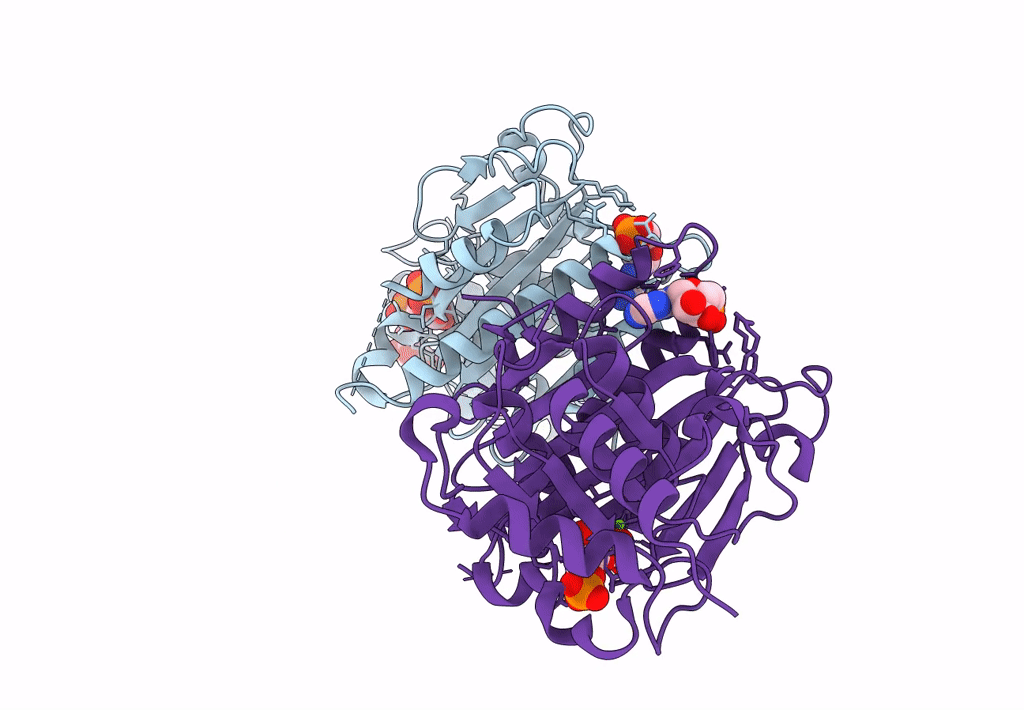
Deposition Date
2007-06-11
Release Date
2007-06-19
Last Version Date
2024-10-30
Entry Detail
PDB ID:
2Q8M
Keywords:
Title:
T-like Fructose-1,6-bisphosphatase from Escherichia coli with AMP, Glucose 6-phosphate, and Fructose 1,6-bisphosphate bound
Biological Source:
Source Organism:
Shigella boydii (Taxon ID: 621)
Host Organism:
Method Details:
Experimental Method:
Resolution:
2.05 Å
R-Value Free:
0.23
R-Value Work:
0.20
R-Value Observed:
0.21
Space Group:
P 41 2 2


